CANON EOS 5DSR.
FIRST EXPERIENCES.
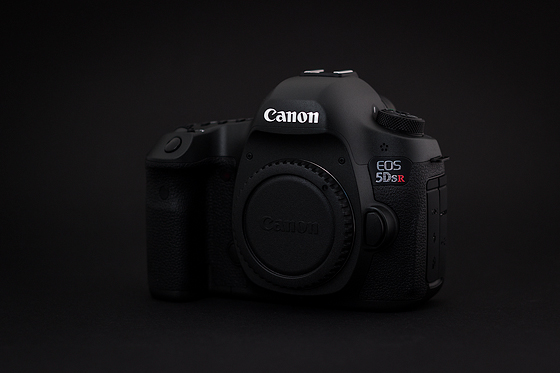
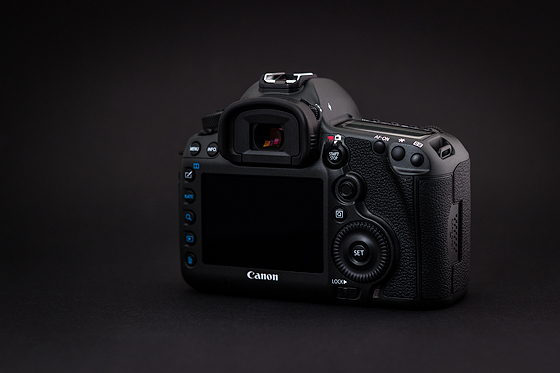
October 4, 2015.
The Canon EOS 5DSR soon convinced me of its capabilities. But there is still room for improvement.
I'll start with the main one, ie stripes and color spots at low sensitivities. Are they still here?
THEY ARE.
But less. Unlike the 5D III, where these ugly things were often seen even when viewing images on the screen, with the 5DSR will only be visible, if you brighten up "drowned" shadows. Thus, for example, in photographs, where the dynamic range of the photographed scene exceeds the dynamic range of the sensor and it is necessary to sacrifice drawing in the shadows for the correct exposure of lights. Or with Low-Key photographs, there may be a problem with later efforts to illuminate the shadows locally and this should be taken into account during the exposure.
In all cases, streaks and spots appear, but overall there are fewer than 5D III and they are less pronounced. It is important to note, that for pictures taken at higher ISO sensitivities (which, however, is not the domain of this camera), streaks and spots are practically not appear, only enhanced noise.
In conclusion, Canon managed to produce a better sensor with twice the resolution, which is certainly commendable. The architecture is probably very similar to 5D III, but image processing has been improved. I can say that stripes and spots appear approximately 50 - 70% less than in 5D III. And that's acceptable, especially when I still like deep, rich shadows.
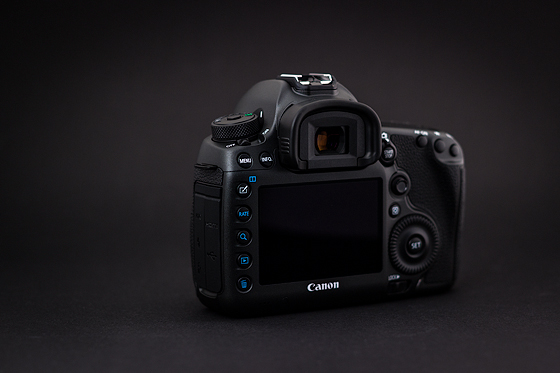
And besides - the main thing is, except for the above-mentioned shortcoming, above expectations good:
IMAGE QUALITY.
The Canon 5DSR is a real step forward in image quality. This is, of course, also due to the high resolution, when the well-known flaws of the Bayer mask are practically no longer visible.
Colors are even without calibration, only with the Adobe Standard preset in Adobe Lightroom 6.1 clean, accurate and vibrant. The slowly falling asleep meadows of the outgoing summer have exactly the muted, pastel colors that a landscape painter would mix on his palette. Vibrant colors, on the other hand, are truly rich, uncompromising, clean and accurate.
Details and drawing, when using high-quality lenses, correspond to a huge resolution, everything is enhanced by excellent detailcontrast, which usually does not even need to be increased. The photographs are extremely spatial and, in the true sense of the word, medium-format. Of course, a 16-bit converter would take everything even further, but the Japanese are still hiding it for future models.
White balance is very accurate, seldom confused, and if so, usually only a little bit.
Dynamic range is smaller than with Nikons, namely the D3x, not to mention the D800 and D810. This must be taken into account and use exposure bracketing or gradual filters consistently. I'm looking forward to working with the LEE Filters system really very pleasantly.
Difraction is often an exaggerated scarecrow in high-resolution sensors, but there is no need to worry about it. Of course, the difference is whether you want laboratory results or photographs, that will be printed in large formats. Under laboratory conditions, diffraction will be visible around f/5.6 - 7.1. But for real photographing, you can also use, depending on the quality of the lens, f/14 – 16 too. In a direct comparison, of course, the reduction in details and sharpness is noticeable, but it is not dramatic. If we do not have this comparison, the quality of the photograph will not offend us in any way. In addition, with deconvolution sharpening in RAW and fractal sharpening of the print file, the reduction in sharpness can be quite successfully corrected.
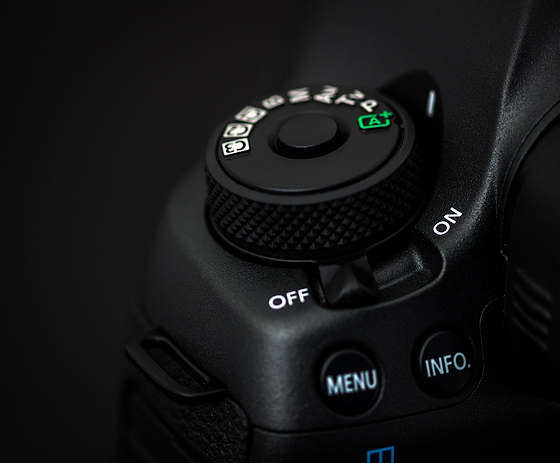
So much for the quality of photographs. Compared to the 5D III, there were not very significant changes in body design or control, but something has changed. I choose what interested me the most.
Possibility to set time B.
It's actually a trifle, but if my memory reaches, the Canon 5DSR is the first digital photographic camera (along with the 5DS, for completeness) to have this capability right in the body. So little was enough, just add a menu item. We set left wheel to B and then the length of the exposure time in the menu, from 1 second to 59 hours, 59 minutes and 59 seconds. The camera remembers the last shutter speed.
Tripod nut mounting reinforcement.
On the 5D III, I noticed small depressions around the tripod nut at the bottom of the camera body. Used to countersink the screw heads, that secure the metal reinforcement that has been added to increase strength when using a tripod. The weight of the body does not come to me higher than with the 5D III and really - according to the manufacturer, the 5D III body weighs, including the battery, 950 g, while the 5DSR only 930 g. The inserted reinforcement is therefore very light. Where they have save more weight, hard to say.
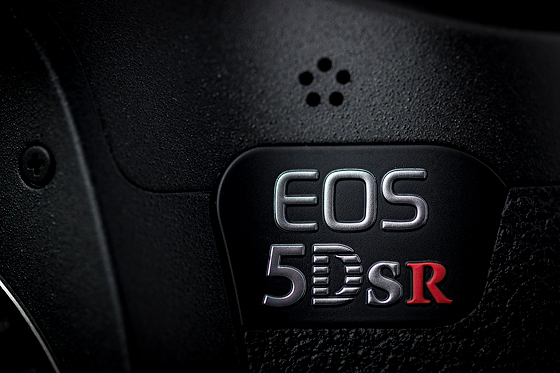
CONCLUSION.
So far only briefly, I will probably return to 5DSR in some articles. Of course, the new Canon has no way of replacing my existing Nikon technology, just supplementing it and expanding my options.
Taking into account the above-described problem with stripes and noise, I can recommend the Canon EOS 5DSR for artistic creation even the most demanding professional work. Of course, it should be taken into account, that the shadows are "closed" at low sensitivities and their possible brightening (lifting) must be done when photographing, eg. via exposure series, not later in Lightroom or Capture One. Color rendering, radiant clarity and accuracy equals medium format, taking into account only the 14-bit converter, of course. The amount and drawing of the details is also comparable to medium-format backs of similar resolution. That's why the Canon 5DSR has become part of my gear, because for the price of one medium-format lens, we get practically the same image quality as with the still unnecessarily expensive medium-format backs.
© Martin Mojzis, 2015.
Photographs: © Martin Mojzis.
►To the beginning of the article.
►Overview of all articles.
►Homepage.
►Site Map.